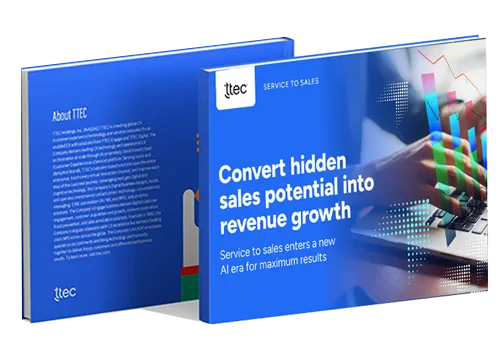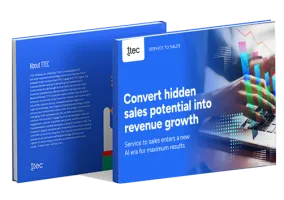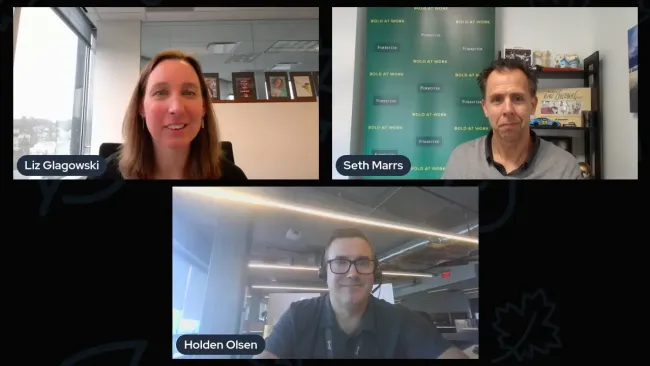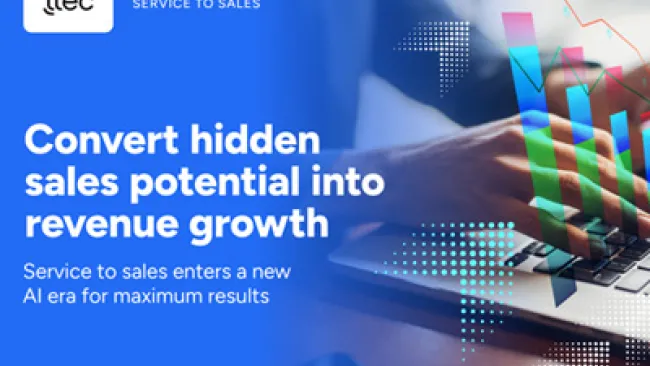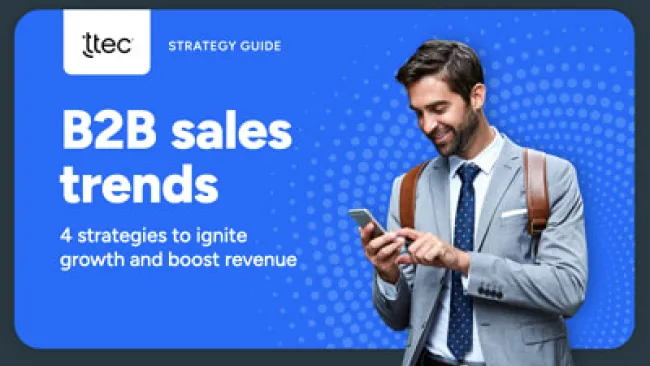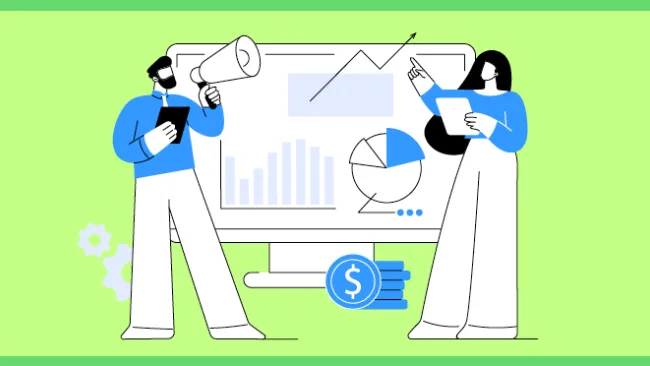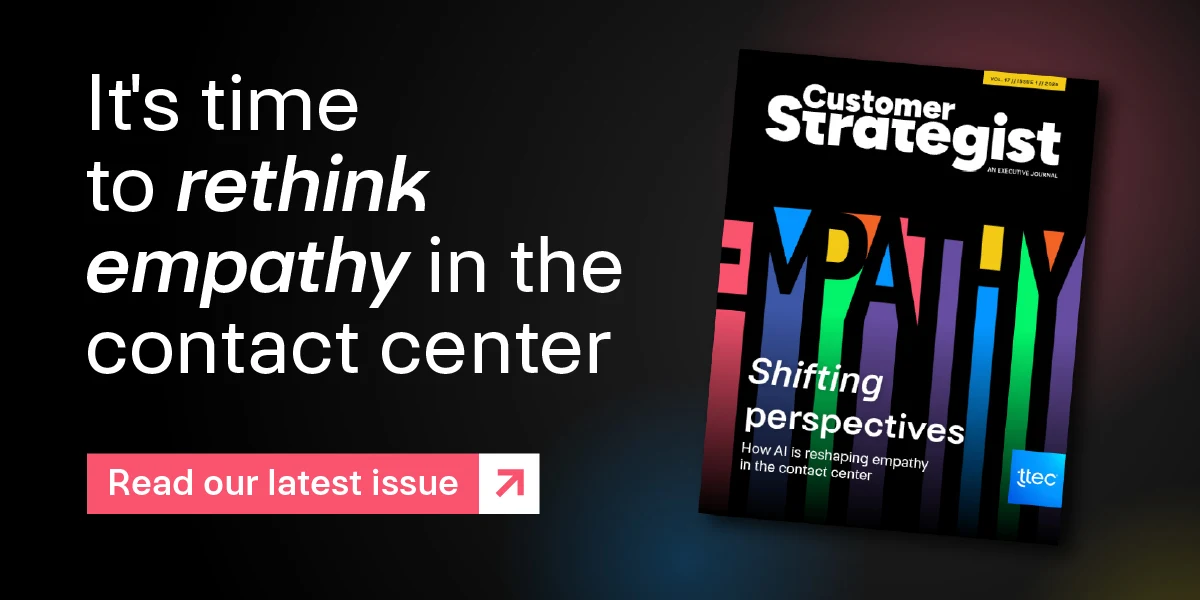As the page turns on 2019, now is a good time to take stock of how your business is operating and set achievable sales resolutions for the New Year that will be worth sticking to. After all, successful sales resolutions result in greater revenue and deeper customer relationships.
Before deciding on any resolutions, it’s important to understand the modern B2B buyer. For both SMB and enterprise deals, modern buyers are informed and digitally savvy, and look a lot like B2C customers. In fact, about half of today’s B2B buyers are millennials who expect the same digital experiences they receive as consumers, according to Google. Gartner research also found that 83 percent of B2B buyers accessed digital channels even in the late purchasing stages, so digital tools are a must across the buying journey.
While digital is a key focus for sales success, technology is not solely why people buy. According to the B-to-B Buying Study by SiriusDecisions, 81 percent of survey respondents say that the most significant driver of selecting a partner is related to the customer experience. Whether it’s previous experience with a customer, client references, or the quality of the sales rep relationship, human factors play a much larger role in decision-making than price or technology.
Today’s B2B buyers are empowered with self-service tools and research, but they also want help solving problems from sellers who add value. They are looking for valuable content that provides relevant information and guidance in their purchase decisions. And they expect a great end-to-end buying experience.
5 New Year’s B2B sales resolutions
Given the need for digitally enabled customer experience, here are five sales resolutions that will make your New Year merry and bright.
1. Create B2B buyer customer journeys.
Identify the preferred way that buyers want to purchase. Some may want to move the process quickly, while others use a longer sales cycle. Some customers will prefer more digital and self-service tools, while others will want a more consultative and guided sales approach. Understand different customer journeys at the segment level and customize the journeys accordingly. Document them, along with any roadblocks that may emerge that would prevent a good sales experience. Find areas of inefficiency or customer friction, and fix them.
2. Provide content to help potential buyers, not just sell to them.
SiriusDecisions reports that 79 percent of B2B buyers say that content is very to extremely influential in their selection of one vendor over another. Its research also finds that winning organizations understand and leverage influencers, and foster relationships early on with relevant thought leadership content.
With a customer-first mindset, sales organizations can offer expert advice and helpfulness, not just a hard sell. And these days, B2B buyers are more inclined to research extensively before connecting with vendors about potential sales. So, it’s important to provide a variety of content to help potential buyers see your organization as an expert who can help solve their business challenge.
Popular content types include analyst reports, sales presentations, case studies, white paper, and articles. The best ones are consultative, provide helpful insights, and are transparent when products and services are mentioned.
3. Follow a buyer-driven sales process.
Take an outside-in approach to sales strategies and tactics. Look at the buyer’s needs and attributes, and follow their lead, rather than trying to force each prospect down the same path.
When possible, match how sellers sell to how their buyers purchase. Hire and train customer-centric sales reps who lead with empathy. And don’t forget to break out of the traditional sales tactics to get more personal. Include social selling with tools like LinkedIn to help foster relationships and learn more about individual buyers to cultivate relationships.
4. Engage with analytics at key points in the sales cycle.
Customer intelligence is available at a rate never seen before. However, many companies are drowning in data, but starving for insight. With a customer-driven approach to analytics, insights can be drawn across the purchase cycle to personalize interactions and discussion. Advanced analytics tools can be used to answer the following questions:
- How do we know who is in market for our products and services?
- How do we engage with the right client in the right way?
- How do we execute with stellar sales practices continuously?
This valuable insight will allow you to focus on the prospects with highest propensity to buy and guide how best to work with them. The sales process becomes more efficient and effective, with fewer resources and time wasted.
5. Activate inside sales to improve early stage activity.
The inside sales team is a hidden treasure of any sales organization. It can help drive customer engagement, allowing field sales reps to focus on developing deeper relationships with current clients. With the right training and development, the inside sales team will have knowledge and support to cultivate relationships at the top of the funnel, then seamlessly transition the relationship to field sales further in the process.
Sales accelerators to help resolutions stick
New Year’s resolutions are hard to keep. More than 80 percent of people abandon them by February. Keeping those resolutions requires diligence and a plan.
We recommend starting with the right sales talent. Your sales team will be the face to customers and will represent your brand. Given that customer experience counts so much in the sales process, investment in talent acquisition and onboarding will give you an edge. Once hired, sales training, development, performance management, and coaching are paramount. Create expert, customer-focused employees who feel valued and part of the team. Their positive engagement will permeate to potential client relationships.
A good plan has measurable goals and objectives. And we’ve found that the most successful programs measure outcomes, not just performance. Customer-focused metrics and insight will keep you on top of activity and performance. Using tools like speech analytics, business intelligence, and customer sentiment analysis, customers will tell you if the program is on the right track, even before sales figures are released.
And finally, use innovation to your advantage. There are technology and tools to help sales leaders develop qualified leads and manage further into the pipeline. From AI and advanced analytics to identify high-propensity prospects, to automation for digital outreach and nurturing, sales tools are evolving to help sales teams mix humanity and innovation during the sales cycle.
B2B sales resolutions with reward
We’ve worked with some of the top brands in keeping their sales resolutions. Collectively they’ve seen a lift of 125-150 percent and increased efficiencies of 30 percent. These companies are looking for better ways to collect, segment, and analyze their thousands of data points to uncover untapped revenue potential and sales opportunities for SMB customers.
Using a customized sales engine and advanced analytics, sales leaders can get a clearer understanding of SMB client needs and what types of offers would resonate most. Data categories include firmographics, social accounts, technology usage, online marketing sophistication, current online footprint, and behavioral signals that captured purchasing intent.
Propensity models and other segmentation logic is applied to create customer profiles of high-value customers and those who would be more likely to purchase services, modeled after most desired customers. This allows the team to be more productive and pass the right leads to the sales team at the right time.
Good luck in 2019 with B2B sales strategy and execution
The B2B world has caught up to B2C, and 2019 will be the year where legacy sales practices will lose out to progressive initiatives that combine technology and humanity. With the proper resolutions in place, 2019 could shape up to be a great year for sales.


